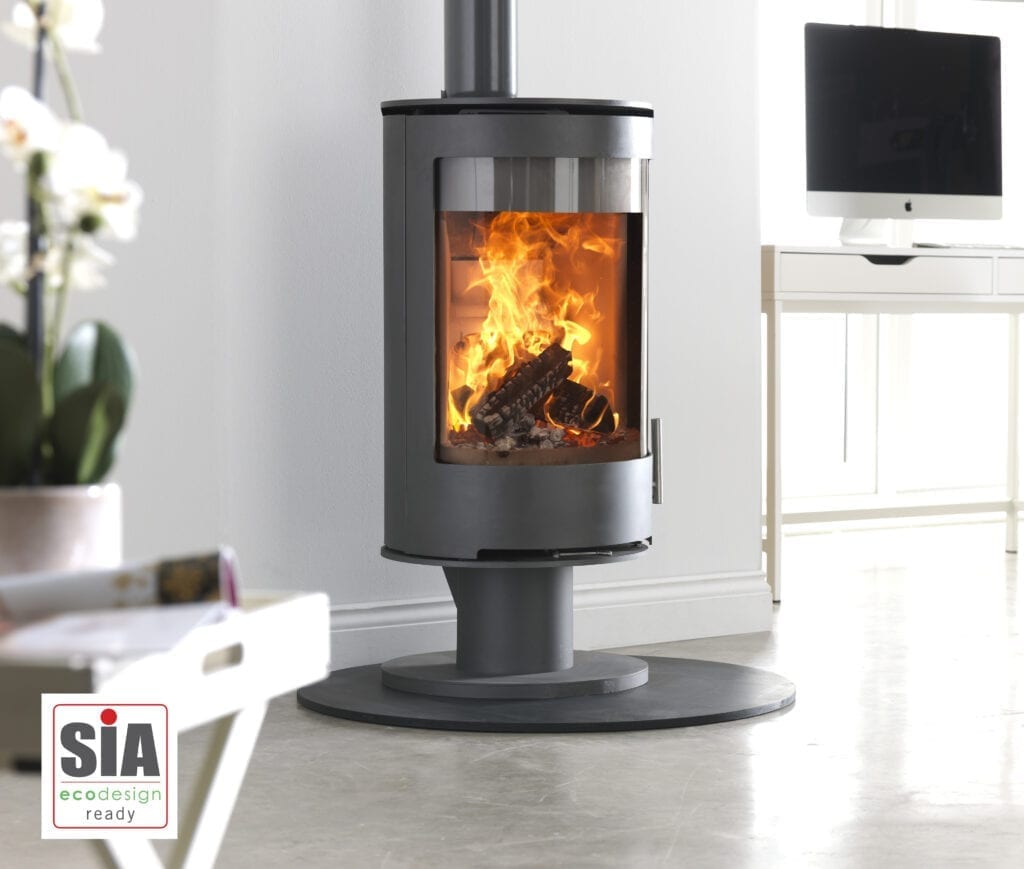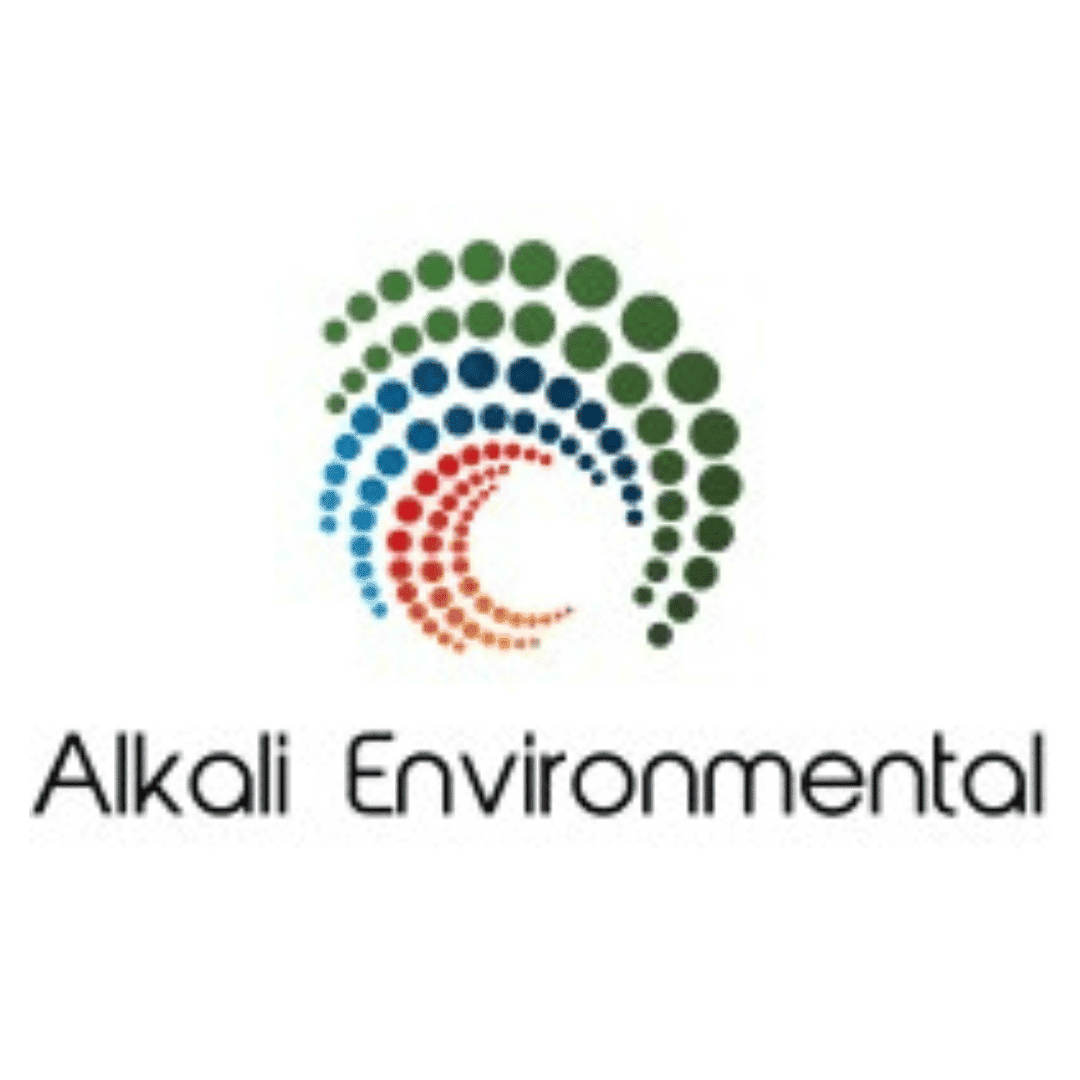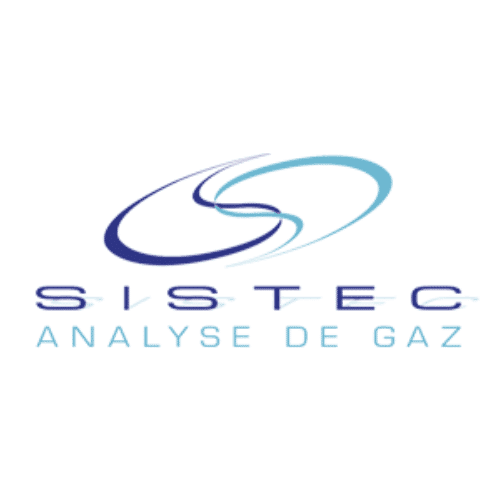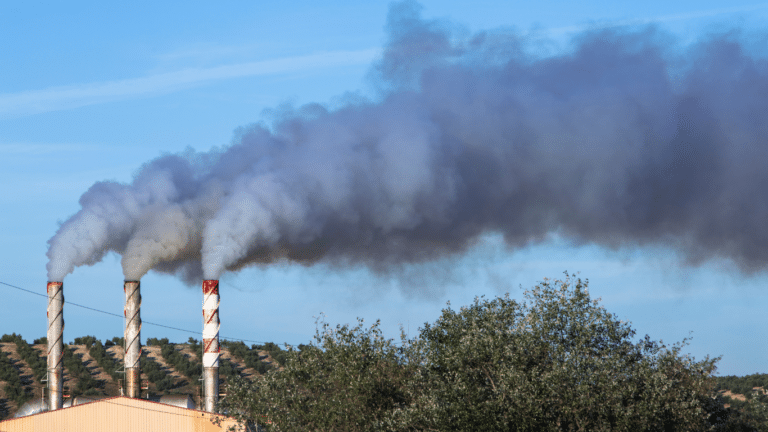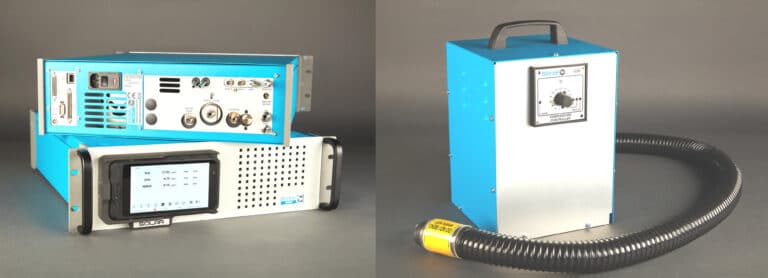From 1st January 2022, a European regulation will impose Ecodesign requirements for solid fuel local space heaters. Regulation (EU) 2015/1185 24/5/2015 describes the requirements which will harmonise energy consumption, particulate matter, organic gaseous compounds, carbon monoxide and nitrogen oxides emission requirements for solid fuel local space heaters throughout the European Union.
Download the full Technical Article here.
James Clements from gas monitoring instrumentation manufacturer Signal Group, welcomes the new regulations, adding: “The latest stoves employ advanced technology that is able to dramatically lower emissions, so a new regulatory framework will help to highlight the benefits of more environmentally friendly products.
“It is also pleasing to note that standard reference methods are specified for the testing of stoves, and we have already started to supply test houses so that they can check existing burners as well as the new products which are currently under development.”
Conscious of the growing public demand for improved air quality and energy efficiency, leading manufacturers are already developing stoves that meet the new requirements, and in some countries testing and approval regimes are in place so that customers can choose products that comply with the upcoming regulations.
Under the Regulation, solid fuel local space heaters will have to be type-tested to measure the environmental performance of the devices, and all measurements of the combustion products are to be undertaken while the product is providing its nominal output and if appropriate at part load.
Organic gaseous compounds (OGCs) from solid fuel local space heaters shall not exceed 120 mgC/m3 at 13 % oxygen for heaters using solid fuel other than compressed wood pellets; and 60 mgC/m3 at 13 % oxygen for heaters using compressed wood pellets. Under Annexe III of the Regulation, OGC measurement, as measured in the combustion products of the appliance, shall be extractive and continuous and based on the use of a flame ionisation detector.
Carbon monoxide (CO) from solid fuel local space heaters shall not exceed 2,000 mg/m3 at 13% oxygen for open fronted solid fuel local space heaters; 1,500 mg/m3 at 13% oxygen for closed fronted heaters using solid fuel other than compressed wood pellets, and 300 mg/m3 at 13% oxygen for closed fronted heaters using compressed wood pellets. Under Annexe III of the Regulation, CO measurement shall be extractive and continuous and based on the use of an infrared detector.
Nitrogen oxides (NOx) from solid fuel local space heaters shall not exceed 200 mg/m3 expressed as NO2 at 13% oxygen for open fronted solid fuel local space heaters, closed fronted solid fuel local space heaters and cookers using biomass; and 300 mg/m3 expressed as NO2 at 13% oxygen for open fronted solid fuel local space heaters, closed fronted solid fuel local space heaters and cookers using fossil solid fuel. Emissions of nitrogen oxides shall be measured as the sum of nitrogen monoxide and nitrogen dioxide, and expressed in nitrogen dioxide. Under Annexe III of the Regulation, NOx measurement of the combustion products shall be extractive and continuous and be based on chemiluminescent detection.
Particulate matter (PM) emissions from open fronted solid fuel local space heaters shall not exceed 50 mg/m3 at 13% oxygen when measured by sampling a partial dry flue gas sample over a heated filter; or 6 g/kg (dry matter) when measured by sampling over the full burn cycle, a partial flue gas sample, using natural draft, from a diluted flue gas using a full flow dilution tunnel and a filter at ambient temperature.
PM emissions by closed fronted solid fuel local space heaters using solid fuel other than compressed wood pellets and cookers shall not exceed 40 mg/m3 at 13% oxygen when measured by sampling a partial dry flue gas sample over a heated filter; or 5 g/kg (dry matter) when measured by sampling over the full burn cycle, a partial flue gas sample, using natural draft, from a diluted flue gas using a full flow dilution tunnel and a filter at ambient temperature; or 2.4 g/kg (dry matter) for biomass or 5.0 g/kg (dry matter) for solid fossil fuel when measured by sampling, over a 30-minute period, a partial flue gas sample, using a fixed flue draft at 12 Pa, from a diluted flue gas using a full flow dilution tunnel and a filter at ambient temperature or an electrostatic precipitator.
PM emissions by closed fronted solid fuel local space heaters using compressed wood pellets shall not exceed 20 mg/m3 at 13% oxygen when by sampling a partial dry flue gas sample over a heated filter; or 2.5 g/kg (dry matter) when measured by sampling over the full burn cycle, a partial flue gas sample, using natural draft, from a diluted flue gas using a full flow dilution tunnel and a filter at ambient temperature; or 1.2 g/kg (dry matter) when measured by sampling, over a 30-minute period, a partial flue gas sample, using a fixed flue draft at 12 Pa, from a diluted flue gas using a full flow dilution tunnel and a filter at ambient temperature or an electrostatic precipitator.
In common with other European countries, the UK Government (in its Clean Air Strategy 2018) is seeking to ensure that only the very cleanest stoves can be bought and installed. The new consultation document says: “In 2022 new, tougher emissions standards will come into effect for all new domestic stoves. This will raise the standard of appliances across the whole country. These more stringent emission limit requirements for solid fuel appliances will need to be coupled with a more effective approach to testing.”
In the UK, the Stove Industry Alliance (SIA) has established an ‘Ecodesign Ready’ label – an initiative which is verified and supported by HETAS, a not-for-profit organisation that approves biomass and solid fuel heating appliances, fuels and services. The mark is awarded to wood burning appliances that are verified by HETAS as meeting the five fundamental requirements of the Regulation (EU) 2015/1185 24/5/2015 with regard to the Ecodesign requirements for solid fuel local space heaters.
Looking forward, James says: “Those burner manufacturing companies that already have products which are Ecodesign ready, are securing a marketing advantage over their competitors. More importantly however, they are able to demonstrate compliance with future emissions regulations, which, with increased public and political awareness of air quality issues, will be vitally important for environmental protection and the future prosperity of this sector.”

